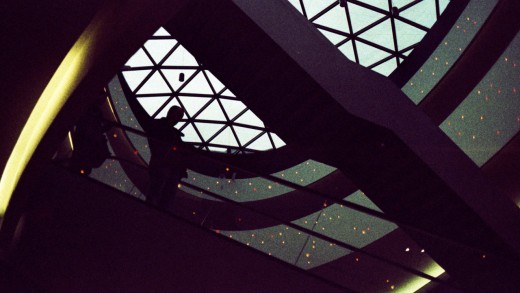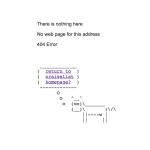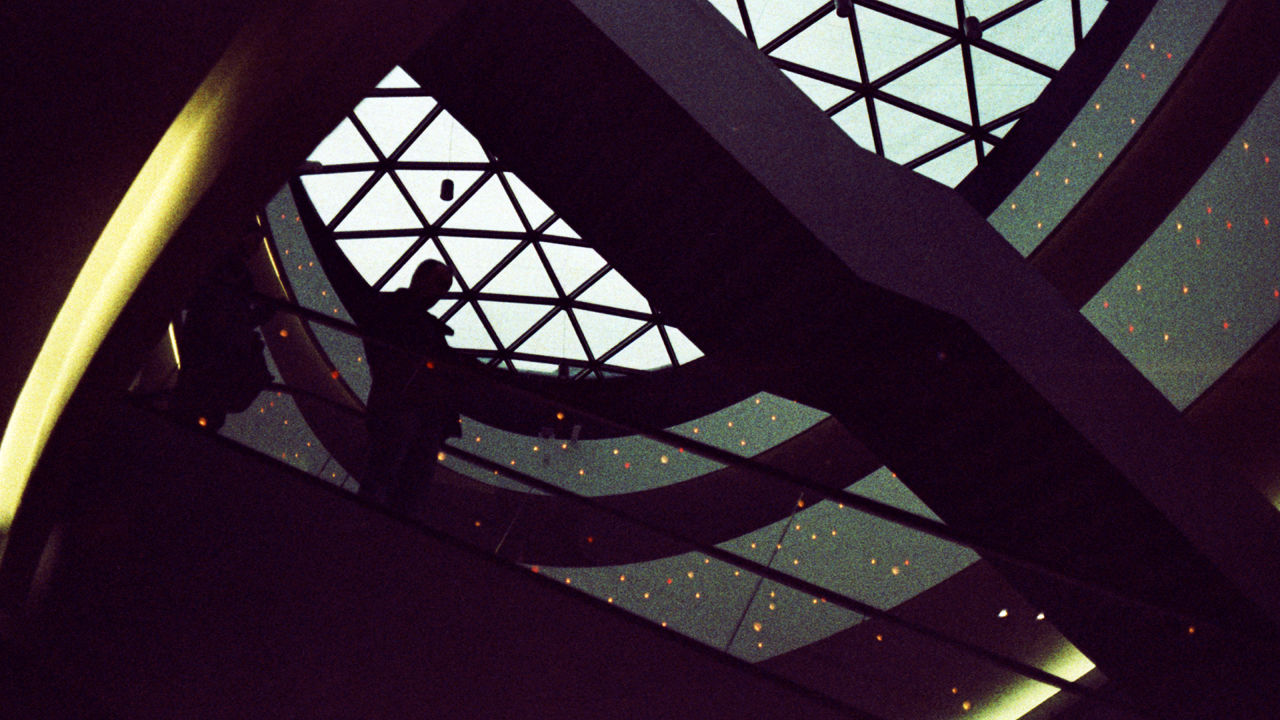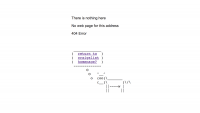This Mesh We’re In: Why Communities Are constructing An internet which is extra native
Hackers and artists are sign-boosting mesh networks and other advert hoc alternatives to ISPs like Verizon and Comcast. Can they trap on?
may just 5, 2015
recently, a pair of artists in big apple put forward an extraordinary plan for educating center school college students in regards to the internet: particularly, by educating them how to get off it and construct their own.
The plan will mix two sequence of classes: one on constructing a social community, and the opposite devoted to setting up a private Wi-Fi community, or “darknet,” in the study room, disconnected from the internet at huge. in the process, write Joanne McNeil and Dan Phiffer of their proposal, students will learn essential concepts about how the web works. closing week the challenge, referred to as “OurNet,” was once awarded a $35,000 provide from a MacArthur groundwork digital finding out initiative.
in contrast to the bodily networks of Time Warner and Verizon or the virtual networks of facebook and Instagram, however, the networks they and their students build will probably be noncommercial, and restricted to individuals of their Wi-Fi vary. That’s now not just a approach to simplify the lesson: It’s a deliberate option to lend a hand students think about alternatives to company internet suppliers and platforms constructed around promotion and monitoring.
“This is an opportunity for the scholars to look what sort of middlemen they don’t wish to connect—the speculation you could socialize with individuals without occurring facebook, or the speculation which you could in truth have a network that’s now not thru an ISP,” says McNeil.
The OurNet networks are a part of a growing motion that aims to consider and build various digital networks. the use of reasonably priced, off-the-shelf hardware and open-source software, hundreds of communities world wide are assembling small, impartial, nonprofit wi-fi networks, continuously organized as so-called “mesh networks” for their weblike, decentralized design, during which every node—a telephone, for example, or a sophisticated wi-fi router—relays the connection onwards to the following node. OurNet’s darknet, with its one critical lecture room router, will have a simpler construction, though it shares the mesh networks’ philosophy of decentralization.
For years, unbiased mesh networks have been used in places like Berlin, Athens, and Barcelona to assist extend internet access across neighborhoods that lack it, however they have also received attention for their usefulness in more excessive instances. quite a lot of mesh networks have been deployed to build unbiased verbal exchange networks at Occupy Wall boulevard and at Hong Kong’s Occupy valuable, for instance, and the State department has helped to fund their set up in Detroit and Tunisia. They’ve additionally been used to improve communications after failures to exchange severed communications hyperlinks.
One network in purple Hook, Brooklyn, constructed through activists with the intention to assist the neighborhood keep connected and get emergency updates after superstorm Sandy struck the big apple in 2012, and supported by means of the New the us basis’s Open expertise Institute, was chosen ultimate week to be part of town’s new resiliency initiative.

whereas mesh networks still pose quite a few technical challenges, communities across the U.S. are slowly assembling their own meshes so as to present alternatives to ISPs, spread internet get entry to throughout neighborhoods, or just scan with the boundaries of the existing network.
the concept that of localized wi-fi networks goes back at least to the 1970s, when college of Hawaii researchers built ALOHANet, connecting computer systems across the Hawaiian islands. In a “mesh,” instead of relying on a primary community, users wirelessly transmit data in an instant between every other, relaying messages across a network of computers whose connections are chained together.
As notion for his or her private anonymous social network, Phiffer and McNeil cite author and programmer Paul Ford’s intentionally retro however still internet-accessible Tilde.membership network, in addition to various other networks built round shared interests, limited geographical areas, and often, anonymity.
“The internet as soon as provided users the space to share their ideas without prejudice in opposition to their age, race, gender, sexual orientation, or other aspects of their id,” Phiffer and McNeil wrote. “These workshops provide the chance to expertise what the web used to be like, and may be like once more—as an open forum for many individuals to share their ideas.”
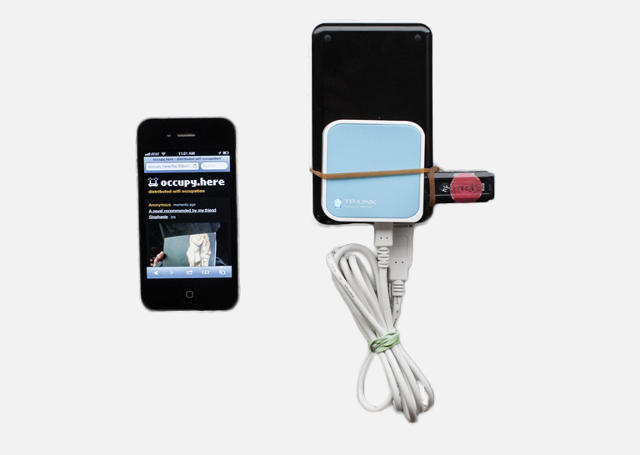
Phiffer is aware of these platforms smartly. In 2011, he constructed Occupy.here, an open supply tool toolkit that turns off-the-shelf Wi-Fi routers into wi-fi servers for group boards which can be restricted, via design, to those within reach of the signal. it’s a portable community, with one principal node, ceaselessly buying and selling in data straight away relevant to its bodily place.
The challenge took its title from Occupy Wall side road, when Phiffer first deployed routers equipped with the forum device to be used as a digital bulletin board during the original 2011 demonstrations in ny’s Zuccotti Park. just a few routers geared up with the software—every website hosting their very own independent discussion board on hand to someone who connects to them—are still energetic across the city.
“I kind of felt adore it was more useful after the park, potentially, so that you can create alternate areas where people may come and go and go away messages,” says Phiffer, who additionally works as a developer at the brand new Yorker. “the one that was once within the park used to be all the time competing with other things that individuals were doing in the park.”
you might be The community
Sarah supply, a Brooklyn-primarily based artist and programmer, imagined an enchanting sociological use for a wi-fi mesh network. If deployed in a place like a coffee save, she notion, a local community could be a extra at ease forum for strangers to be in contact than, say, conversing face-to-face.

That speculation appeared to pan out all through supply’s 2012 residency on the artwork and expertise heart Eyebeam, when she debuted Subnodes, an open supply undertaking that turns the under-$50, credit score-card-sized Raspberry Pi pc into a Wi-Fi router geared up with its own local internet server and chat room. “clearly people thought it was fun,” she says. “It additionally gave individuals a space to roughly speak about the work truly candidly—what they liked, what they didn’t like—possibly just a approach for people to more brazenly express their feelings about what’s in entrance of them whereas also just having fun and goofing off.”
Subnodes may assist artists arrange native digital artwork galleries, or lend a hand activists or situations organizers arrange native, brief-term message boards without needing to work with large ISPs like Comcast or Time Warner Cable. “they may arrange a network in a place that wouldn’t usually have connectivity, like a subway, or in a park, or in point of fact anywhere, because you’re the source of the community: you’re the server,” she says. “To me, that used to be really attention-grabbing and empowering.”
nearby Raspberry Pis running provide’s instrument may join with one every other thru a popular mesh networking protocol known as BATMAN.

supply took some suggestion from the pre-net, dial-up bulletin-board techniques that related computer customers within the 1980s and early ’90s. for the reason that long distance calls were pricey on the time, users most often linked to BBS’s in their very own areas, which means every local server developed its own tradition, she says.
local BBS servers weren’t fully disconnected from one every other—a fancy community called FidoNet would slowly switch e mail from server to server via late-night time modem calls scheduled to minimize long-distance calling prices—but BBS’s were in a roundabout way eclipsed by way of national networks like AOL and CompuServe, and by using the worldwide internet itself.
Mesh Networks’ Uphill Climb
For modern-day neighborhood networks that grow beyond a single wi-fi router and the phones and laptops that connect to it, organizers face equivalent challenges in gaining the interest of the public and community infrastructure challenges, not unlike those that would be seen by using a industrial ISP.
In ny, a previously reasonably dormant effort that was revitalized last year, NYC Mesh, hopes to ultimately blanket the city in a mesh Wi-Fi community that could share community knowledge within the experience of a catastrophe, or let its customers attain the internet thru mesh-connected gateway computers when their very own connections are down. It has about 20 publicly available get admission to factors, including in a bar and a video-game store within the East Village, says Brian hall, a volunteer contributor to the project.
“My private passion used to be form of a dissatisfaction with the monopoly via cable firms and different internet provider suppliers to shoppers,” says Kurt Snieckus, an engineer who labored on NYC Mesh sooner than moving to Chicago remaining year. “I saw a mesh network as a kind of approach to create a more aggressive or some other way to having web carrier for the consumer public.”
so as to add to the community, volunteers can both use a formidable $90 router that can be in contact with different nodes inside about a mile’s vary, equipped they set up a a line-of-sight connection to other routers, or a $22 router with a couple of constructions’ range—about the identical as a home router. The more routers that join the community and expand its protection, the extra useful it’s to the common person, offering a backup connection to the internet and get admission to to native data saved on the community itself at https://nycmesh.net/, corridor says. (To get began constructing a mesh with Cjdns, the protocol utilized by NYC Mesh, see the venture Meshnet wiki.)
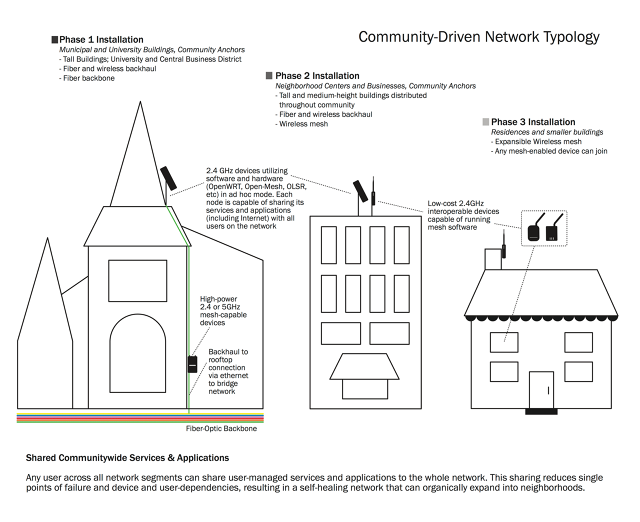
And yet, whereas the decentralized, advert hoc community architecture appeals philosophically to tech-savvy users uninterested with monopolistic ISPs, no person’s found a way to make mesh networks work easily and effectively sufficient to replace residence web connections. built more for resiliency than for speed, each participating router should continuously search for the most effective paths to far-flung machines. For now, that makes them of limited passion to many extraordinary consumers who simply want to take a look at their email and watch motion pictures.
“The density of a mesh network provides reliability—any individual comes inside and outside of the community, the routing desk updates itself, and that you could nonetheless get messages from one place to some other,” explains Jeff Lunt, a developer who works on a mesh in Chicago, ChicagoMeshNet. but holding monitor of those routes can get messy. “[With] so many redundant connections, the bandwidth can begin to get saturated simply with routing desk visitors.”
that’s, whereas the mesh network structure works well for sending small bits of knowledge from one loosely connected set of computers to any other—like catastrophe aid information or other short messages—it’s much less helpful for holding data for a long way-flung machines until a route can also be discovered. Mesh networks can quickly get too saturated with data too quick ship a large file, or reliably take care of a connection to a streaming media provider. “for those who had been seeking to watch Netflix on a mesh network because you’re trying to make use of it for web service, that’s not going to work,” says Snieckus.
contributors within the effort say the crew has been reasonably divided between these extra all in favour of building an emergency-prepared network for transmitting native information and those interested by constructing an alternative choice to ISPs. This, in line with Snieckus, “was probably the most biggest stumbling blocks we had.”
a lack of dollars has also slowed development, corridor says. “If we obtained the money, the first thing we’d do is rent any person full time to lend a hand us out.”
There’s additionally some problem in connecting nodes operated by way of far-flung volunteers across town. “as of late any person said he desires to set up a node in Staten Island, and he could he do that, but it surely might be some time ahead of we reach that a ways, so it will just be remoted.”
Scaling Up
to address one of the most technical challenges of distributing knowledge throughout a mesh, Lunt’s venture in Chicago has transitioned to extra of a standard ISP-model hub-and-spoke version network, making the matter of routing knowledge a lot simpler.
by way of providing a virtual personal community carrier that lets customers access ChicagoMeshNet-particular products and services like chat and message boards by means of the peculiar internet, the builders have allowed the group community to spread to a larger geographic house.
A rising world network of native meshes, referred to as Hyperboria, takes a an identical manner. Organizers have stated they hope the network develops into “a workable alternative to the common web.“
Lunt and others level to Guifi.internet, a 30,000-node community network based largely in rural areas of Spain’s Catalonia area and in parts of Northern Europe that are underserved by conventional ISPs, as a edition for what they’d hope to perform.
The network lets any person sign up for by using connecting a wireless router or fiber-optic line, provided that they comply with let others join on the same terms, says Roger Baig, a full-time group of workers member on the project. individuals can join to speak and other products and services hosted on the network, access limited web services and products thru public proxy servers, or connect with the internet thru competing ISPs who offer connections during the network, he says. unbiased Guifi-inspired networks have also launched around the world, including in Kansas city, the place the KC Freedom network aims to convey wi-fi access to underserved parts of the neighborhood.
however whereas the community targets for transparency and openness in its organizational structure, it’s moved far from the ad hoc mesh model in its engineering. “The ad hoc version is the one who the hackers love, as a result of everybody has the same right to speak and to pay attention, so it’s a very horizontal structure, but it surely has quite a lot of technical challenges,” says Baig, so Guifi’s adopted a more hierarchical network variation.
“We got here up with a community that performs significantly better slightly than the mesh networks,” he says. “Our network is utilized by firms to ship services and products, and different companies are the usage of the [network] every day of their work—I don’t assume this will be done with an ad hoc community.”
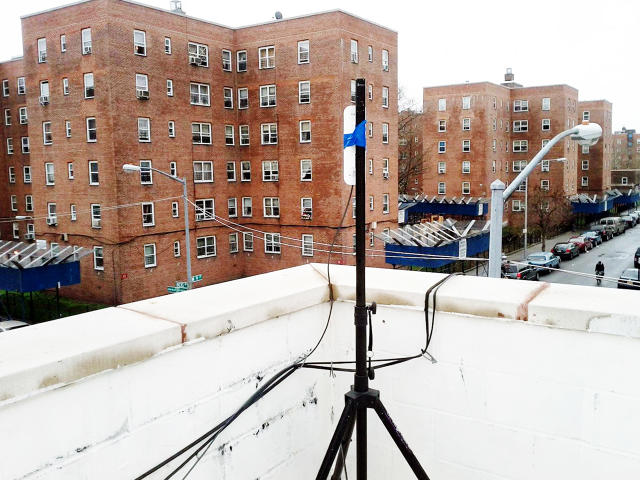
Meshing For Science (And Philosophy)
however in some cases, ad hoc networks are the most horny solution on hand. consider the want to connect with scientific and industrial tools located in areas too faraway or chaotic to arrange extra traditional knowledge hyperlinks.
“It’s very completely different from the city instance, but we do it conceptually for the same reasons: the kind of areas that are underserved via internet,” says Jer Thorp, an artist and data visualization advisor who’ll be serving to to build a small mesh community all over an expedition through far flung regions of the Okavango River delta in Angola and Botswana this summer. wireless sensors deposited all the way through the day trip will screen water high quality in remote parts of the area and form a mesh community to relay information via internet connections at local safari camps.
“The plan is to depart the sensor nodes out there and get their knowledge over time,” says Shah Selbe, an engineer and conservation technologist on the mission. “total, we wish to get an concept of how issues shift month after month and, indirectly, yr after yr.”
In ny, McNeil and Phiffer hope their highschool experiments will not simply train students about community technology, however will supply a extra meta lesson, shining a light again on the community itself.
“folks of my era, Dan’s era, grew up observing the web advance,” McNeil says. One advantage of seeing the global network evolve the best way they did, Phiffer provides: “We more or less notice that none of those techniques that we use are inevitable.”
fast company , read Full Story
(208)

